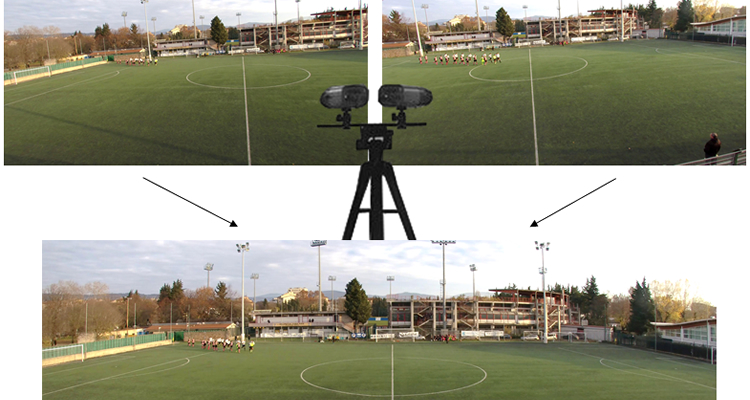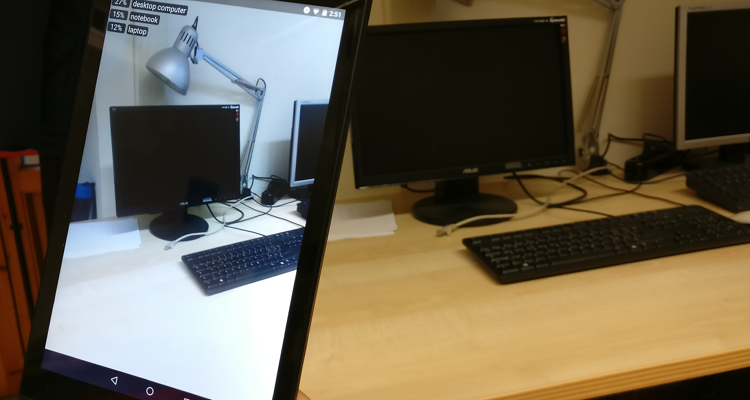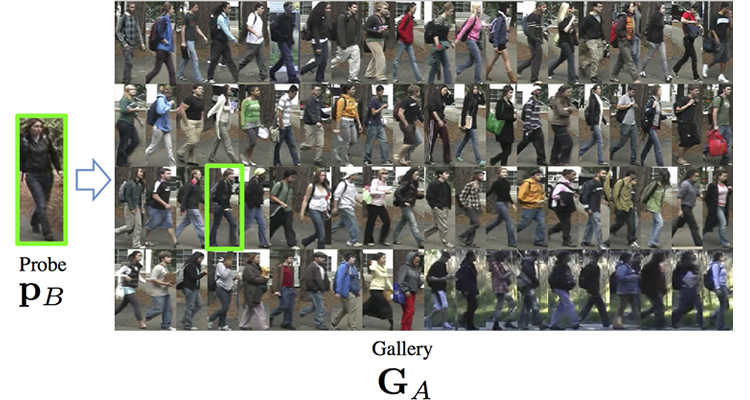Computer Vision
Projects
HIGOAL 1.0
Automatic Football video shooting and highlight detection
2016-17
funded by: Higoal srls
Higoal project aims at realizing an automated video shooting system which is able to pan and zoom on the playing field according to the game events and to select salient segments creating a short clip which summarizes the major events of the match. The system is built up of two fixed surveillance cameras, one for each half of the pitch. The two views are overlapped and will be stitched to realize a unique view of the entire game field. Exploiting computer vision algorithms, salient areas to be zoomed and salient events to be included into the summarization clip will be selected.
From Long Term Tracking to Never Ending Incremental Learning
2016-2017
In this project we study object appearance learning in the context temporally coherent visual data of lengthy video sequences (i.e. YouTube Videos). We focus on training an instance based object detector on unlabeled video data, using only the assumption that adjacent video frames contain semantically similar information. Learning is obtained using a local space-time condensing strategy which keeps the collected data sufficiently compact to remember all of the visual patterns that appeared so far.
CYNNY
Mobile Object Detection
2016-2017
In this research project we collaborated with Cynny, a start-up based in Florence and Silicon Valley to develop innovative low-footprint convolutional neural network based object detectors, that can be efficiently executed on mobile devices. In such environments, battery and computational resources are very limited, requiring a specialized and efficient network architecture. We produced an effective and efficient system prototype that can perform object detections on typical mobile CPUs in hundreds of milliseconds.
Person Re-identification
Recognizing persons over time across different camera views
2014-2017
Our research on person re-Identification aims to develop solutions for recognizing persons, captured by one or more cameras, over time. This matching is traditionally cast as a retrieval problem: given one or more images of an unknown target, the re-identification task is to rank all individuals in a gallery of known target images in terms of similarity to the person to be recognized. Person re-identification an essential component of modern, real-world surveillance systems.



